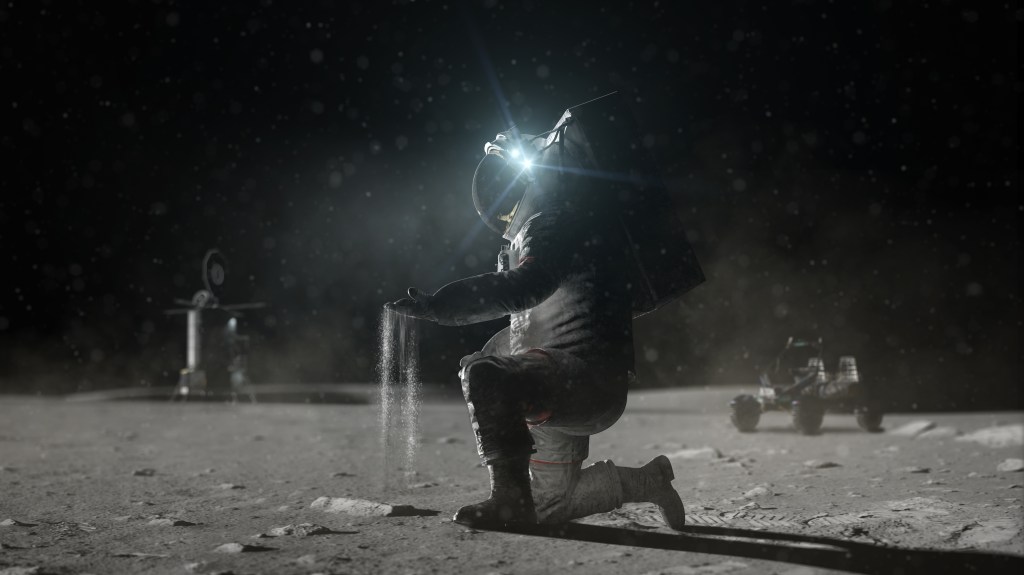Three crew members representing the United States, Russia and Japan are on their way to the International Space Station after launching from the Baikonur Cosmodrome in Kazakhstan at 11:14 p.m. EST Wednesday, 10:14 a.m. Nov. 7, Kazakh time.
NASA Flight Engineer Rick Mastracchio, Soyuz Commander Mikhail Tyurin of the Russian Federal Space Agency (Roscosmos) and Flight Engineer Koichi Wakata of the Japan Aerospace Exploration Agency took with them the Olympic torch that will be used to light the Olympic flame at Fisht Stadium in Sochi, Russia, to mark the start of the 2014 Winter Games.
The Soyuz capsule carrying the crew is scheduled to dock with the space station about six hours after launch at 5:31 a.m. Thursday, Nov. 7. NASA Television coverage will begin at 4:45 a.m. Hatches are scheduled to open at 7:40 a.m., with NASA TV coverage starting at 7:15 a.m.
The arrival of Mastracchio, Tyurin and Wakata brings the station’s crew complement to nine. This is the first time since October 2009 that nine people have served together aboard the space station. The crew will return to its normal complement of six on Sunday, Nov. 10, when Expedition 37 Commander Fyodor Yurchikhin, Karen Nyberg of NASA, and Luca Parmitano of the European Space Agency return to Earth. After their departure, Expedition 38 will begin with Oleg Kotov of Roscosmos, who already is aboard, at the helm.
Kotov and Sergey Ryazanskiy, also of Roscosmos, and NASA’s Michael Hopkins will return home in March 2014. At that time, Wakata will become the first ever Japanese commander of the station for Expedition 39. Mastracchio, Tyurin and Wakata will return to Earth in May 2014.
Some of the cargo flown aboard this Soyuz will be used in ongoing or planned research investigations aboard the orbiting laboratory. The cargo includes questionnaires for a space headaches investigation that crew members will complete to provide in-flight data about the prevalence and characteristics of headaches they may experience in microgravity. Other cargo includes hardware for an investigation looking at the impact of space travel on the immune system and on human microbiomes, which are microbes living in and on the human body.
Another delivery will contribute to an investigation known as Sarcolab, which studies the skeletal muscle fibers of station crew members. Microgravity is known to lead to loss of muscle mass, function and motor control. Sarcolab research will help create measures to combat loss to crew muscle mass, which may lead to measures for aging individuals or people with medical conditions on Earth in the form of new pharmacological, dietary or exercise-based interventions.
The International Space Station is a convergence of science, technology and human innovation that demonstrates new technologies and makes research breakthroughs not possible on Earth. The space station has had continuous human occupation since November 2000. In that time, it has received more than 200 visitors and a variety of international and commercial spacecraft. The space station remains the springboard to NASA’s next great leap in exploration, including future missions to an asteroid and Mars.
For NASA TV streaming video, downlink and scheduling information, visit:
https://www.nasa.gov/nasatv
For more information about the International Space Station, visit:
https://www.nasa.gov/station
-end-
Joshua Buck
Headquarters, Washington
202-358-1100
jbuck@nasa.gov
Josh Byerly
Johnson Space Center, Houston
281-483-5111
josh.byerly@nasa.gov



























